Today, the biggest news comes from Ukraine.
There are currently several FPV drone tactics in use, but all of them are constrained by the same problem of short battery life. Now a new striking method has emerged, almost completely nullifying this limitation and transforming cheap quadcopters into silent ambush predators.
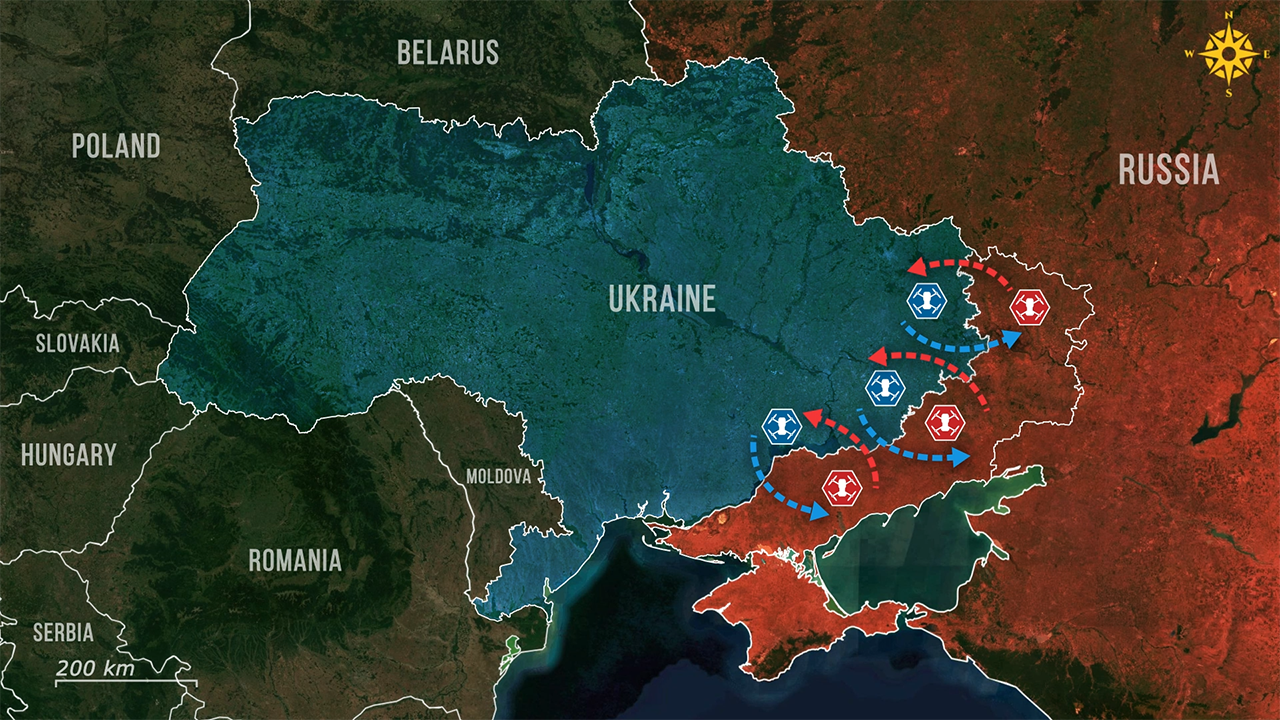
The traditional use of FPV drones relies on reconnaissance flights, where a recon drone hovers above likely routes to spot movement and call in an FPV drone to conduct the strike. However, this approach is constrained by the battery life of the recon drone, which restricts the flight time and therefore the range it can effectively operate within before it has to return to base and recharge.
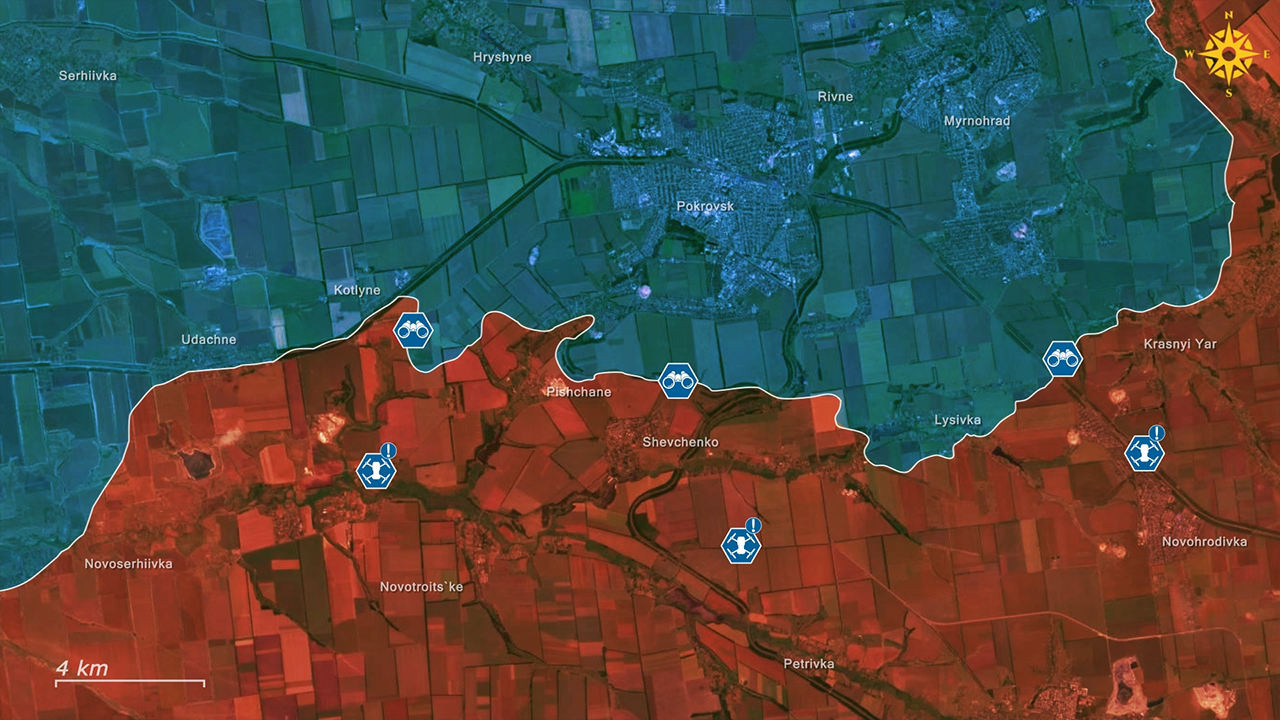
A second method sends FPV kamikaze drones into areas of high enemy activity but without a pre-confirmed target, being able to fly much further and catch enemy units off guard, but taking the chance of wasting valuable FPV drones on empty searches.
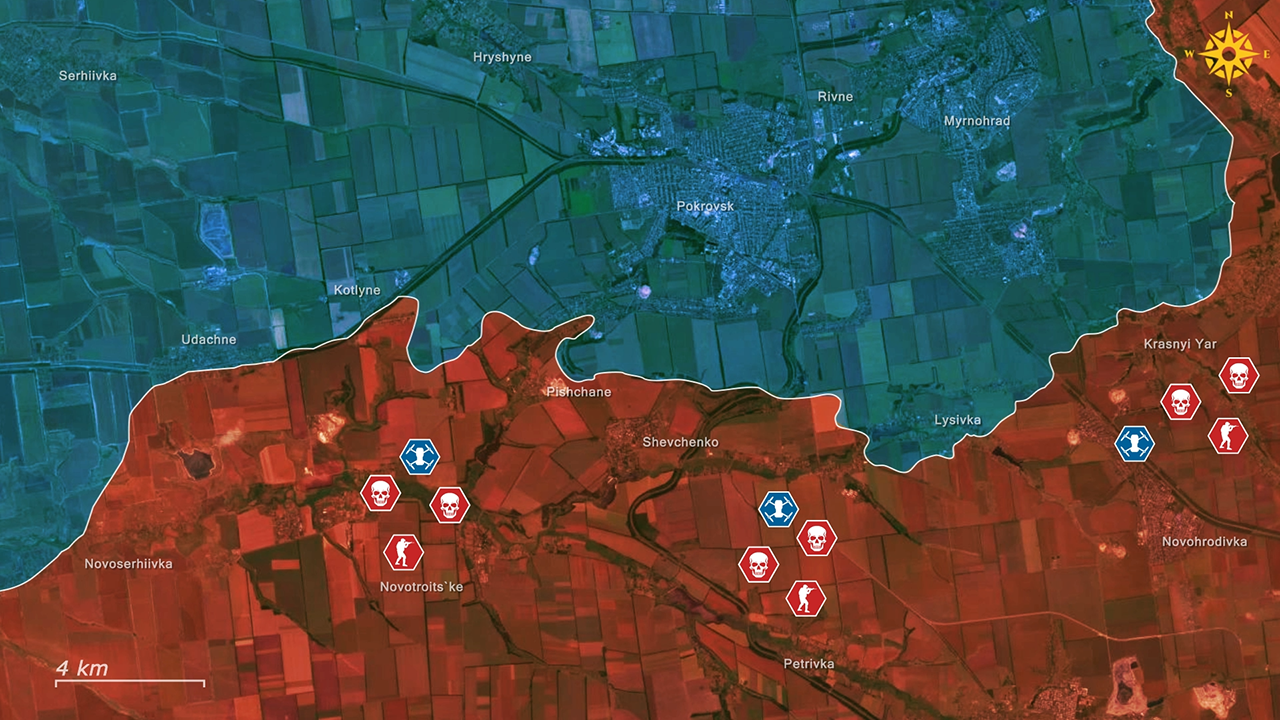
Both approaches share the same weakness, since FPV drones usually have only 15 to 20 minutes of flight time and Mavic-type reconnaissance drones last around 45 to 50 minutes; leaving neither able to maintain sustained pressure or cover routes effectively. This endurance gap forces operators to look for a method that can extend their threat window far beyond a single brief flight.
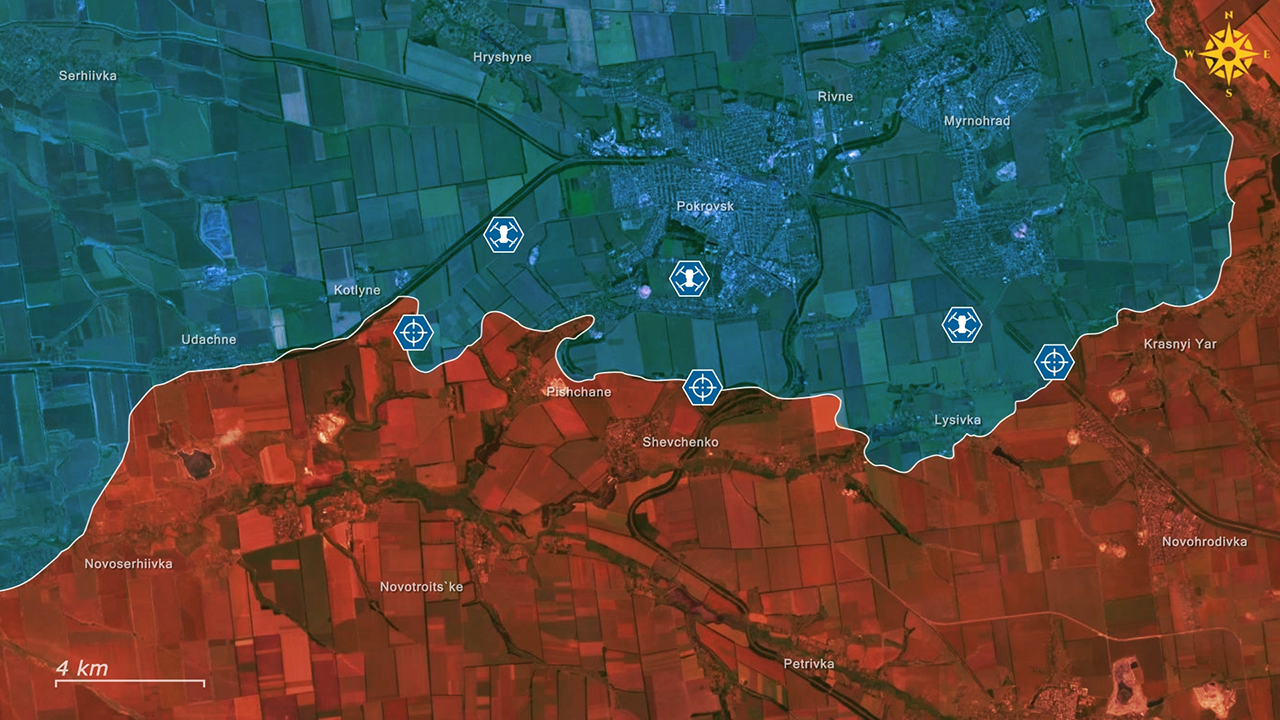
This need gave rise to waiting drones, which fly to key routes or positions and then land in a low-power state where motors and radios remain idle until an enemy enters the kill zone. From this concealed position, they can activate within seconds and launch an immediate strike once a target comes into view.
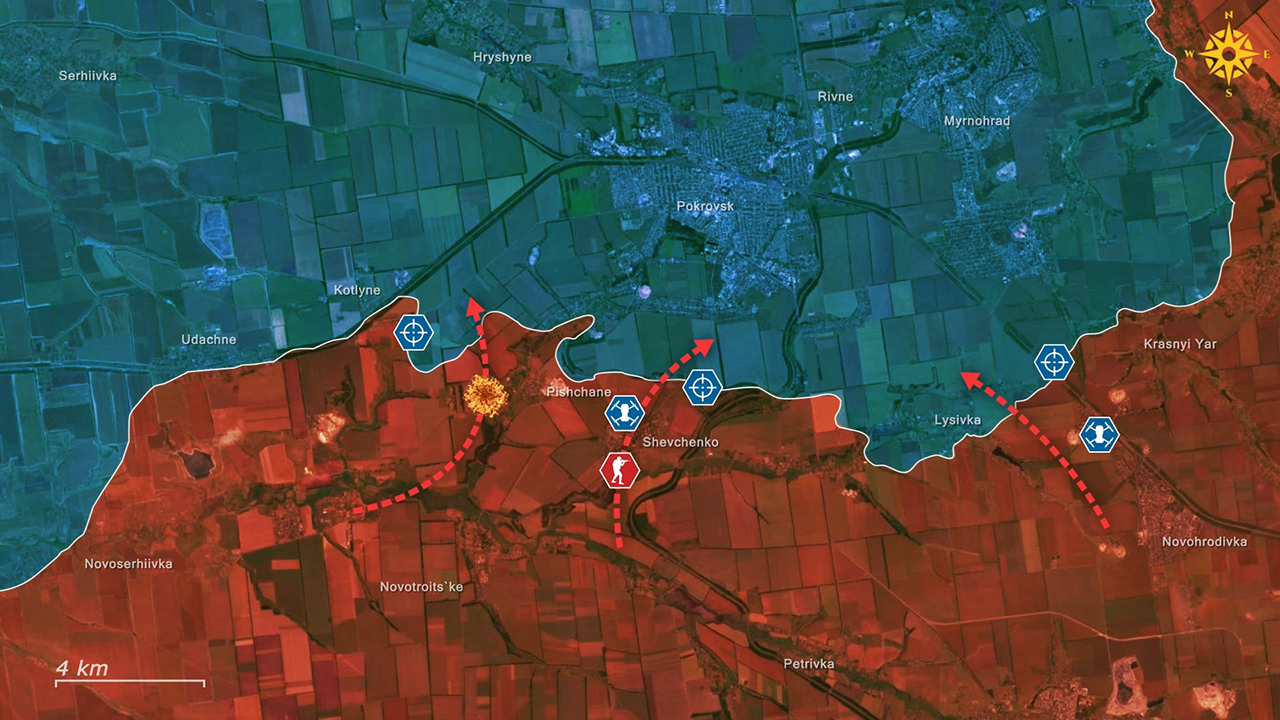
These drones are able to remain concealed in standby mode for several hours to a day depending on the configuration, instead of exhausting their batteries after only a few minutes of flight. While Ukrainian units appear to have pioneered this practice, Russian forces have since adopted it as well, with both sides adapting their own systems to support longer standby times and greater resilience against detection.
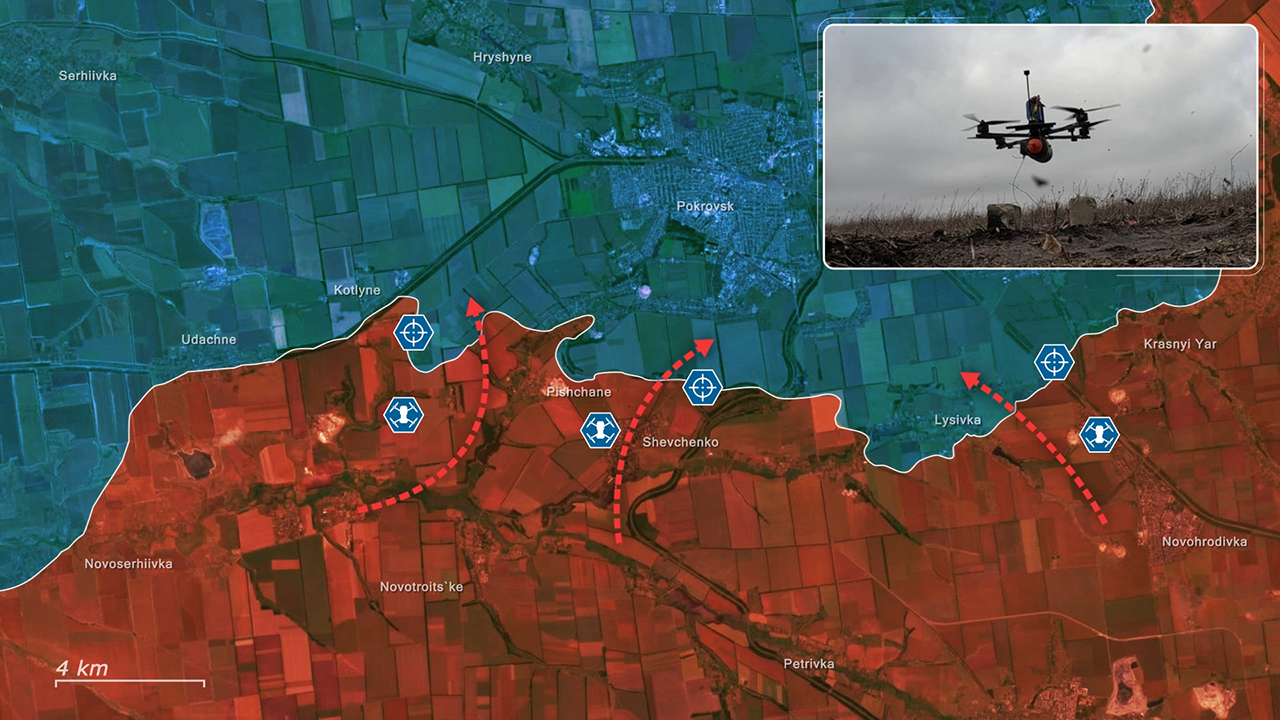
The key innovation is that detection no longer depends on how long a drone can stay in the air; by remaining dormant until triggered, operators conserve energy and reduce strain, while this adaptation also allows them to manage several ambush points from one display, lowering fatigue and increasing the chance of a succesful ambush.
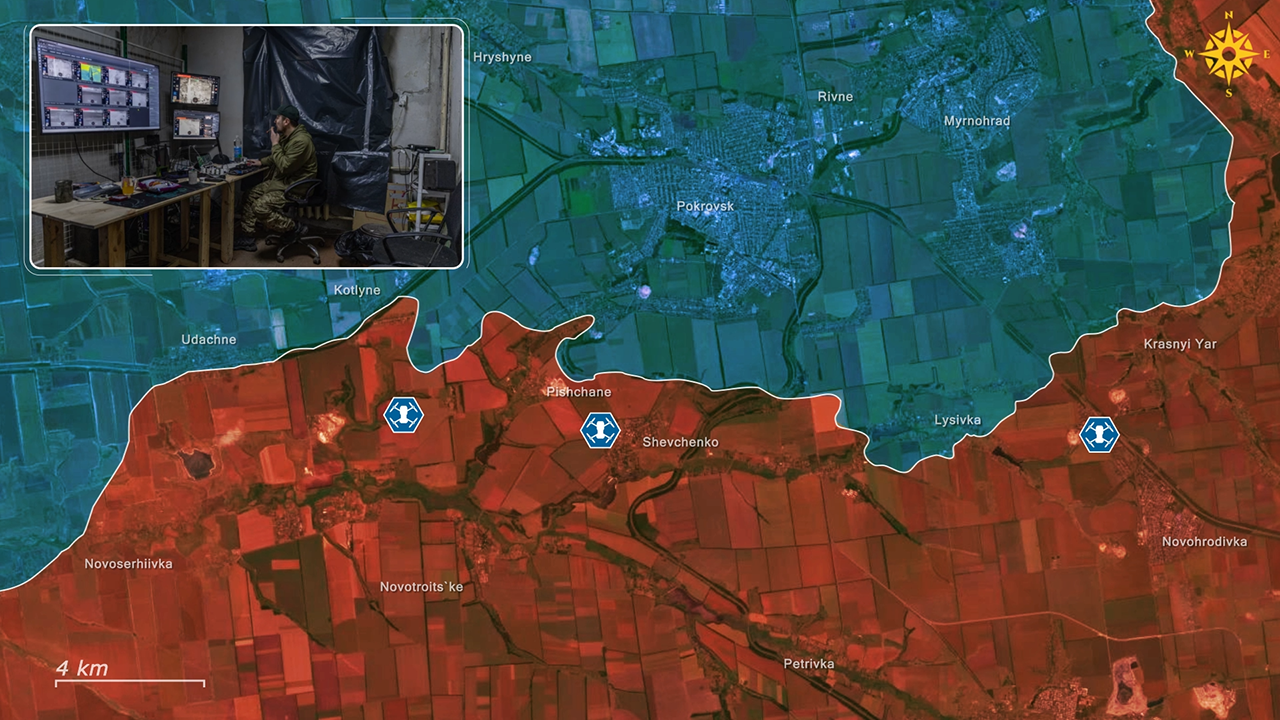
Recent cases highlight both the strengths and vulnerabilities of waiting drones. Units moving along predictable routes have been ambushed with devastating effect, while patrols that maintained vigilance have managed to spot and disable drones before activation, showing the tactic is powerful but not unstoppable.
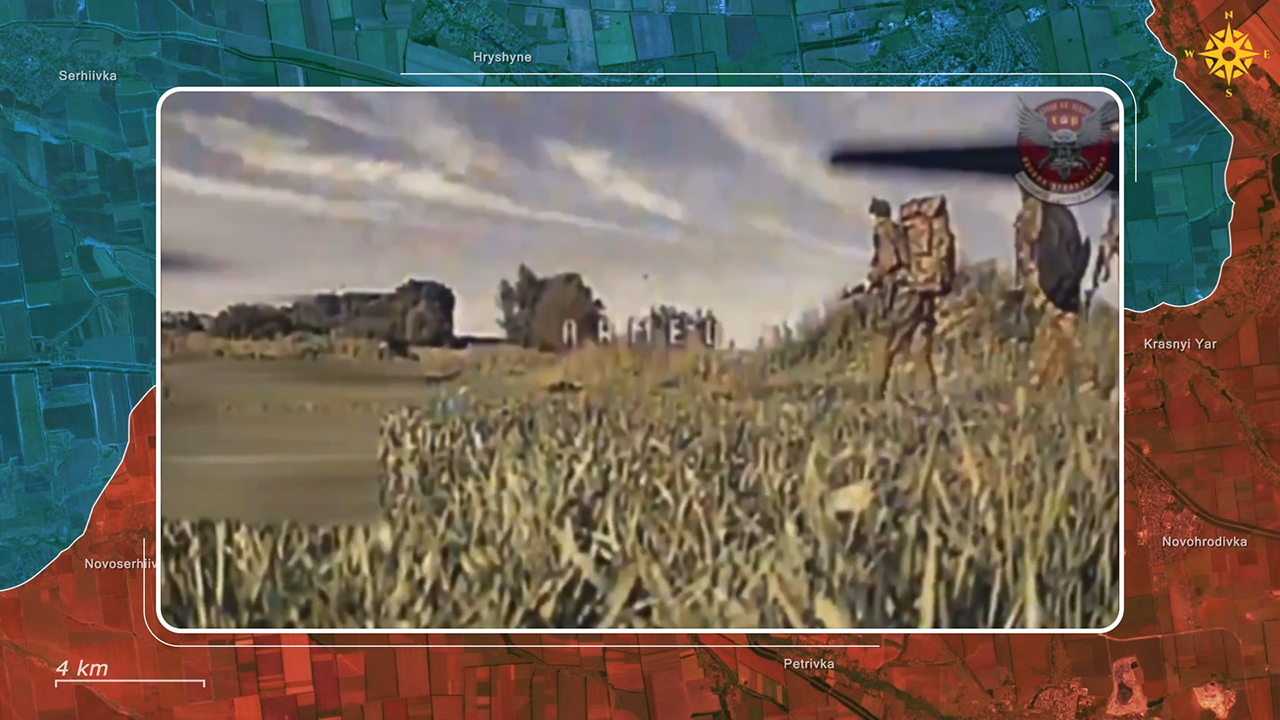
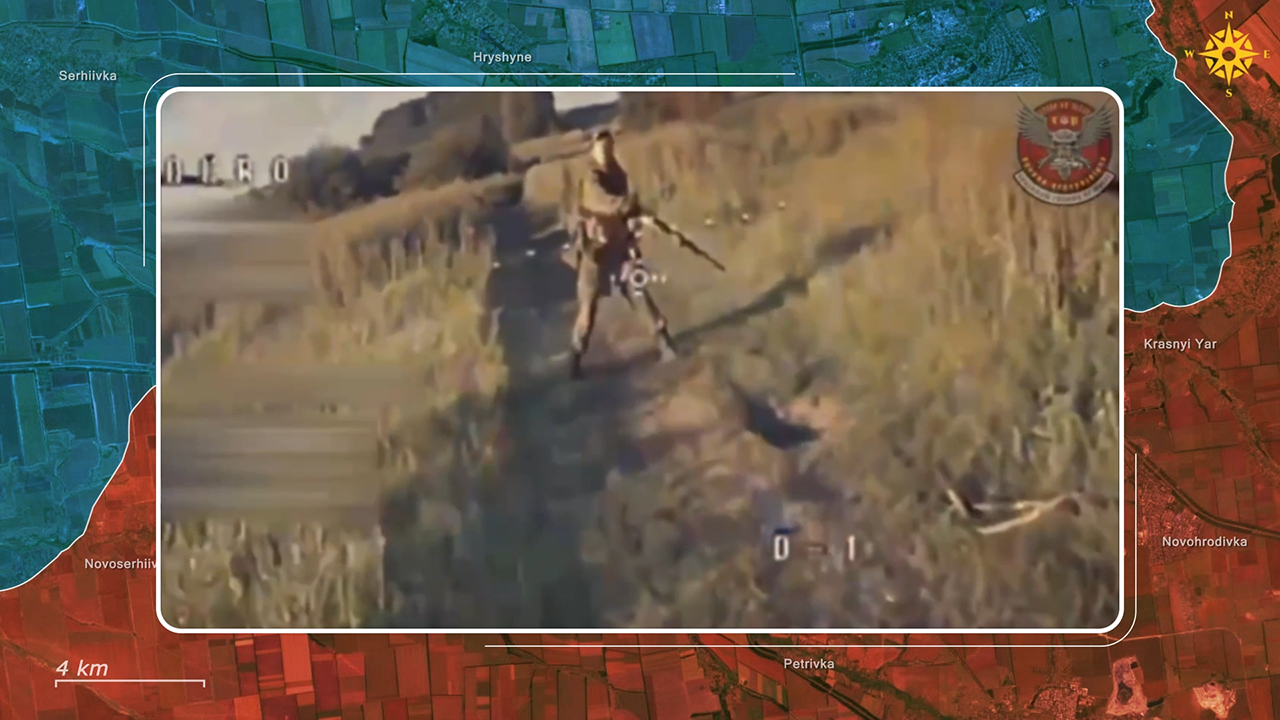
These examples highlight that success depends less on the technology itself than on discipline, anticipation, and the ability to exploit or deny predictable patterns, since a unit that varies its routes, rotates patrol schedules, and remains alert can reduce its exposure, while careless or predictable movements quickly turn into easy targets.
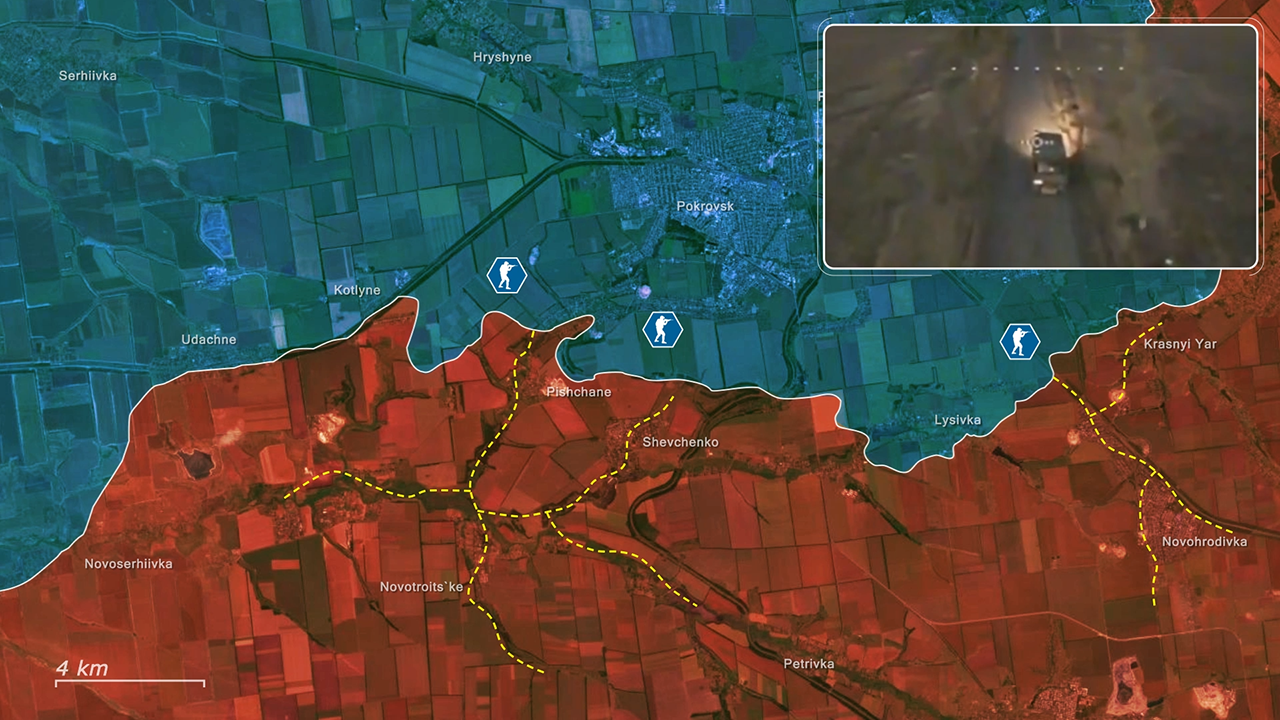
The broader consequences are clear as waiting drones force supply lines to slow down, reroute, or divert scarce protection assets, and in response both sides have expanded countermeasures such as deploying routine ground patrols and using their own drones to disable suspected sleepers, underscoring just how disruptive the tactic has become. Infantry squads on the move must remain constantly alert to potential ambush positions, but this heightened vigilance also increases fatigue and the risk of mistakes.
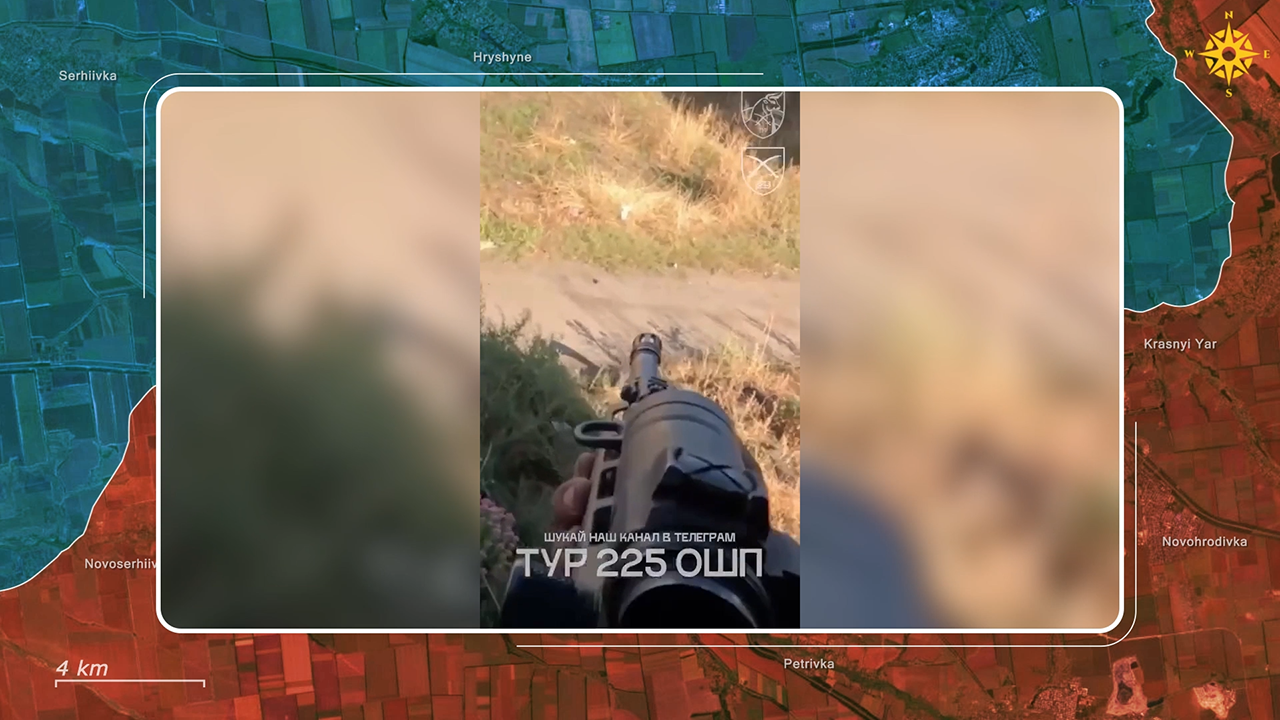
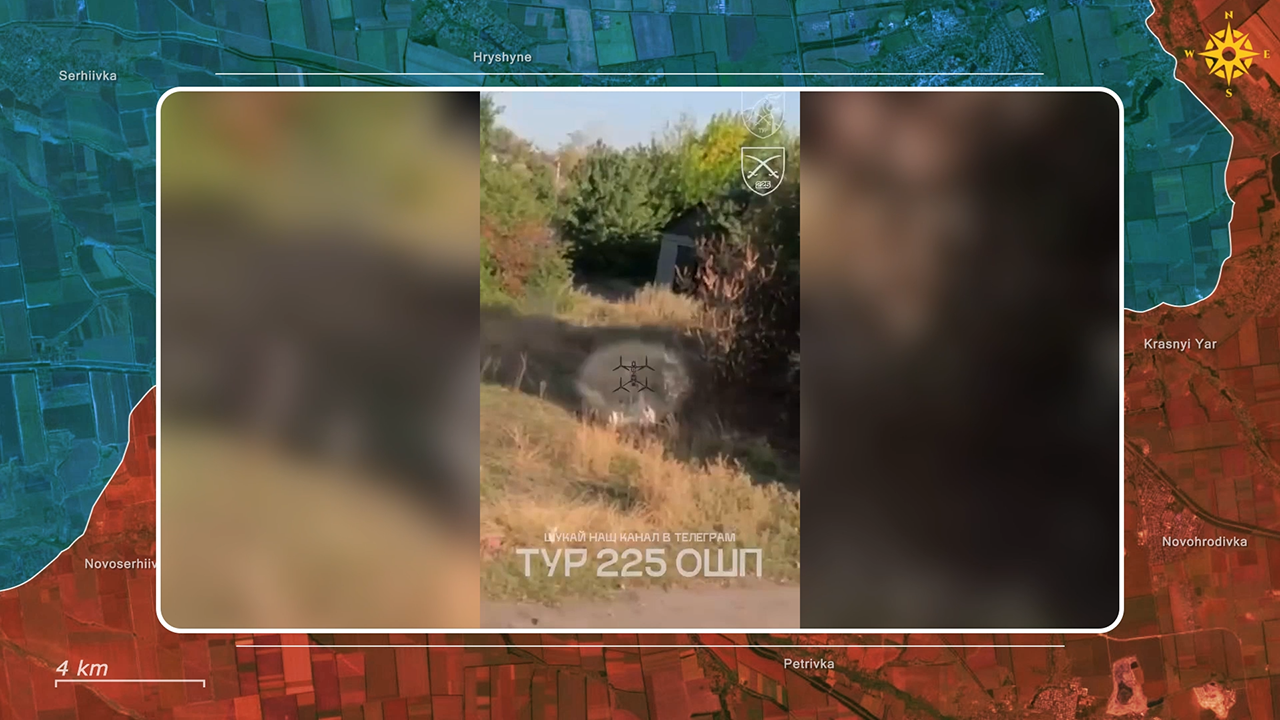
Electronic warfare remains an effective tool, since once activated, a waiting drone can be jammed or spoofed, although fiber-optic and hardened links reduce this vulnerability at the cost of flexibility. Ambushes that become predictable are bypassed or baited, while those spread too thinly overextend operators and allow enemy movements to slip through. The balance therefore has shifted, but the trade-offs have not disappeared.
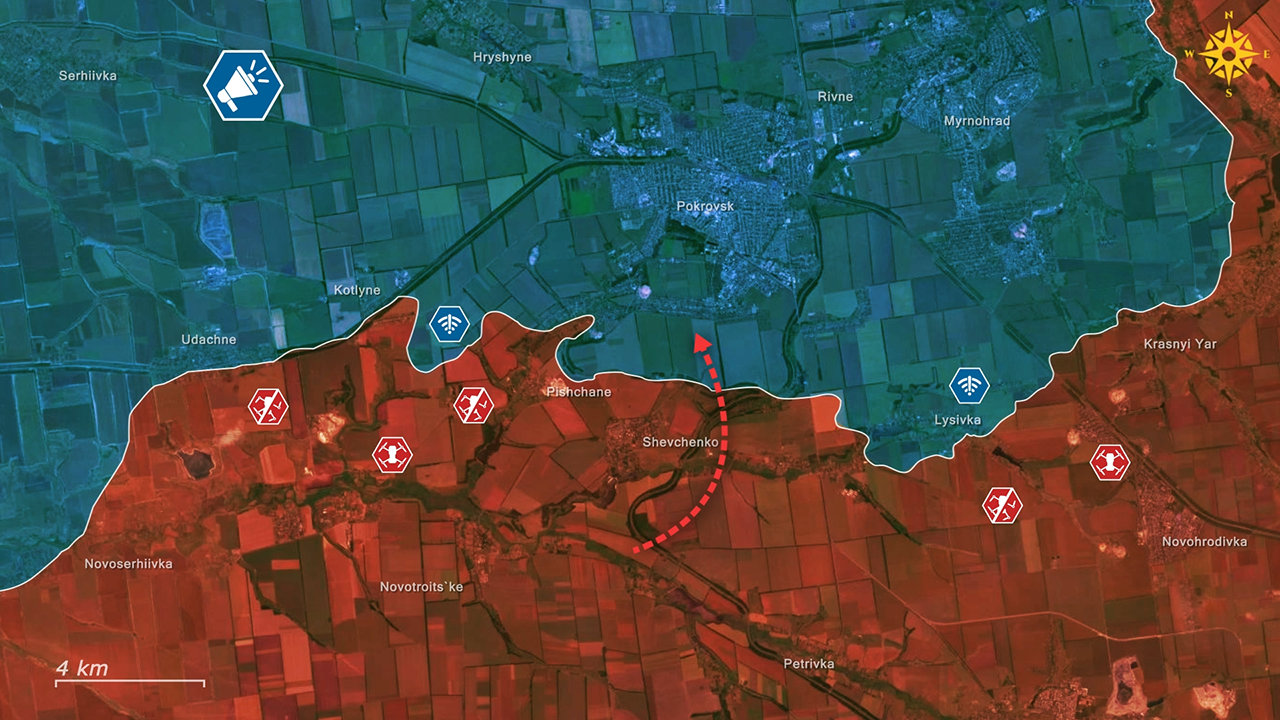
Overall, the waiting drone tactic converts a battery limitation into a timing advantage, increasing strike success while reducing operator stress and resource costs. It rewards disciplined units that can coordinate distributed ambushes and patient triggers, while widening the gap between forces that adapt quickly and those that cling to older methods. The decisive edge will belong to the side that blends patience, smart placement, and layered countermeasures to stay ahead in this evolving contest.
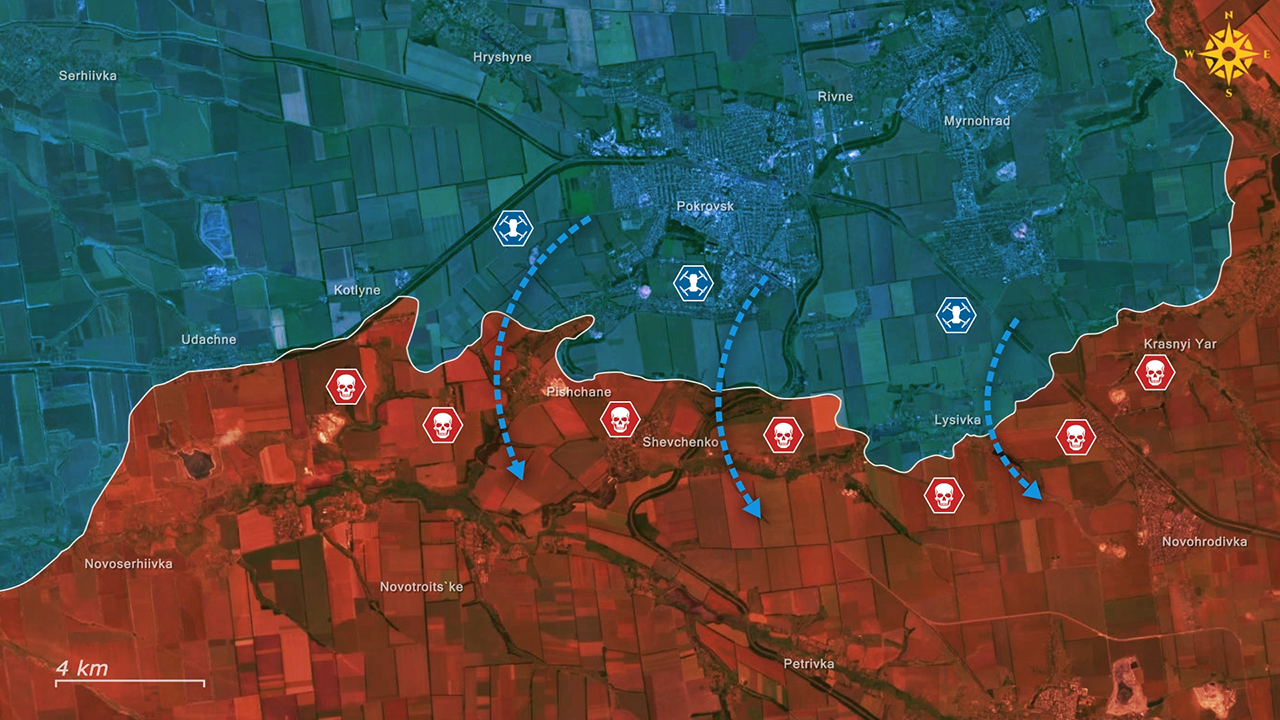








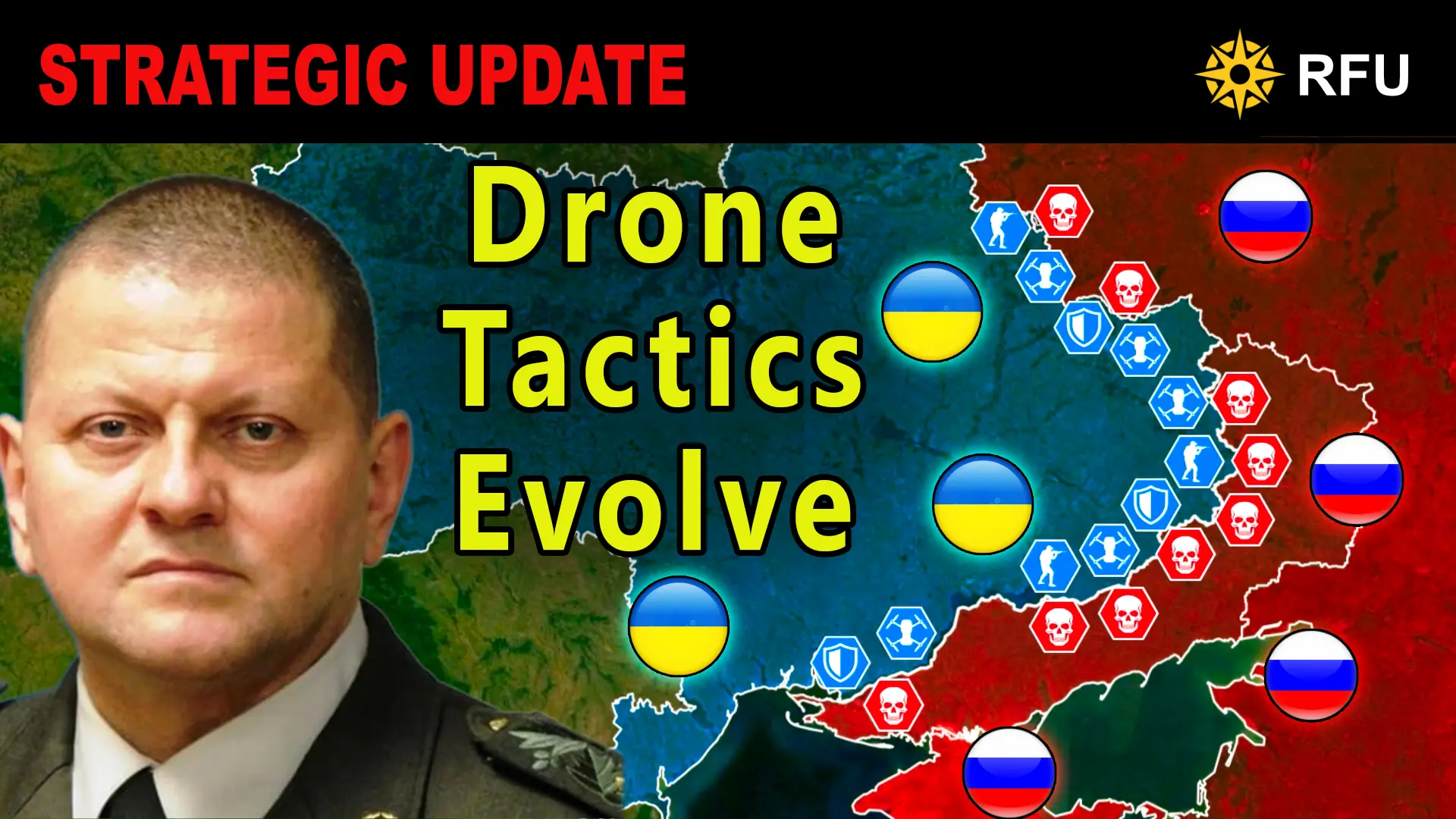
.jpg)
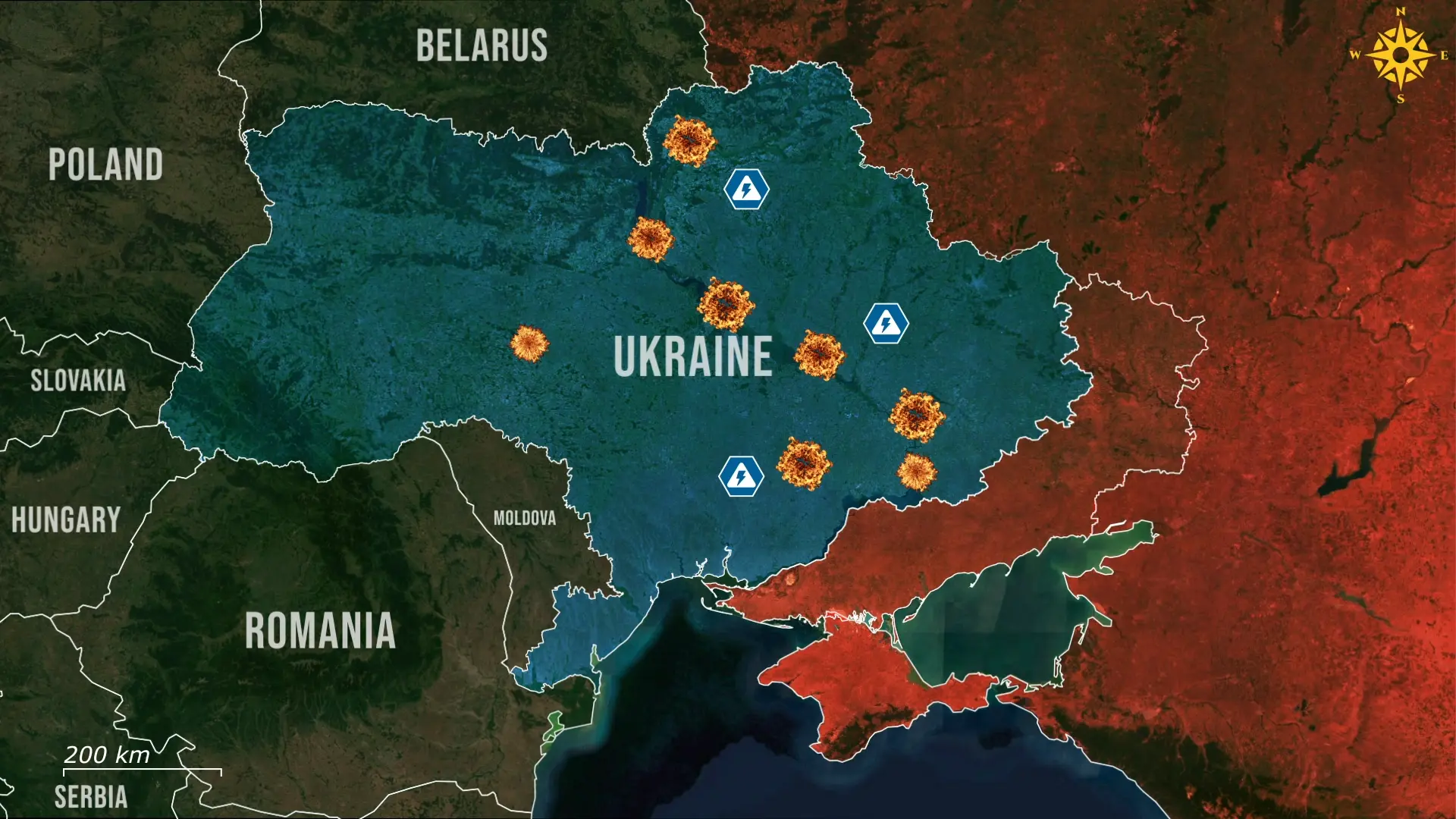


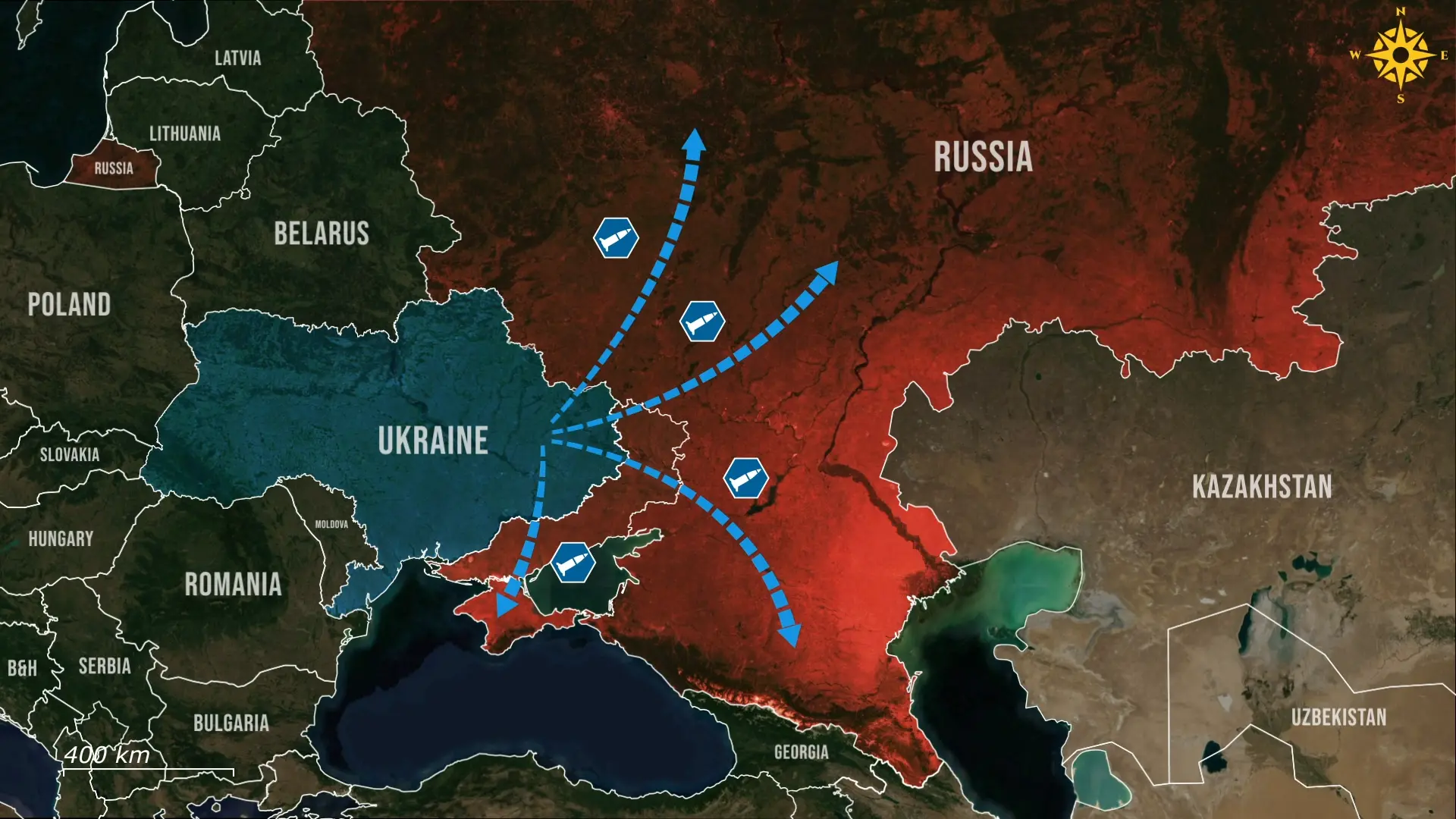
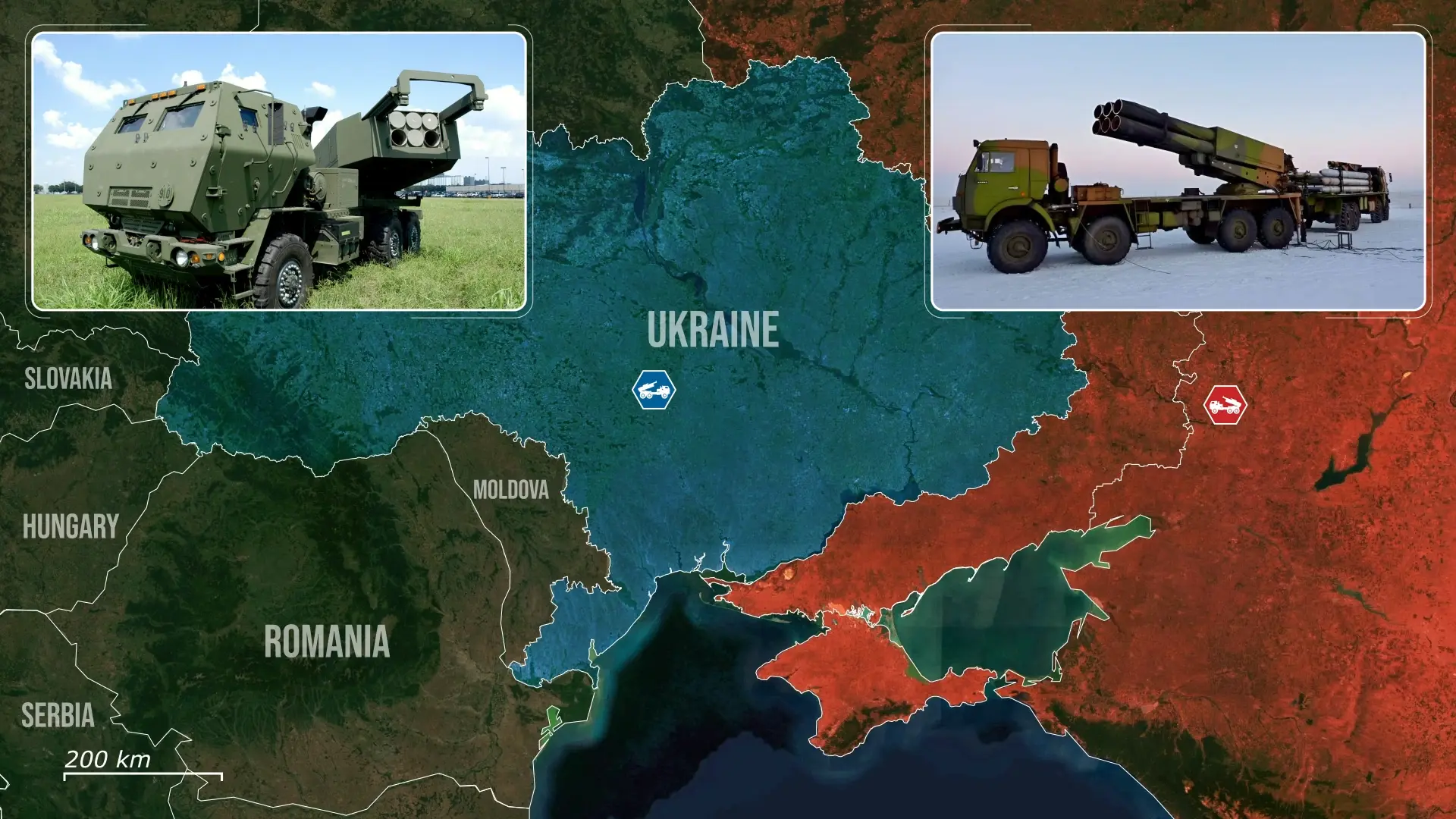
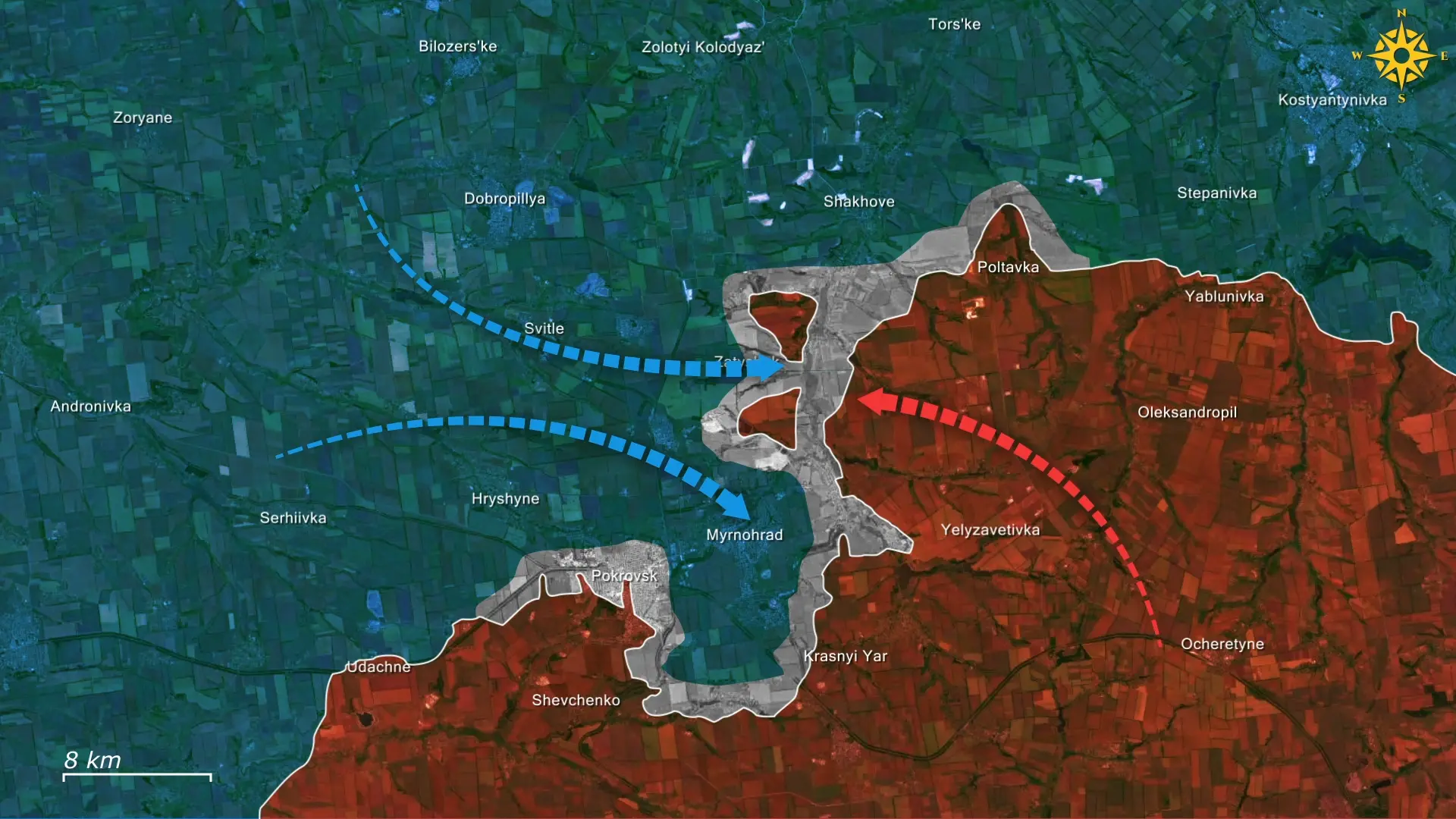
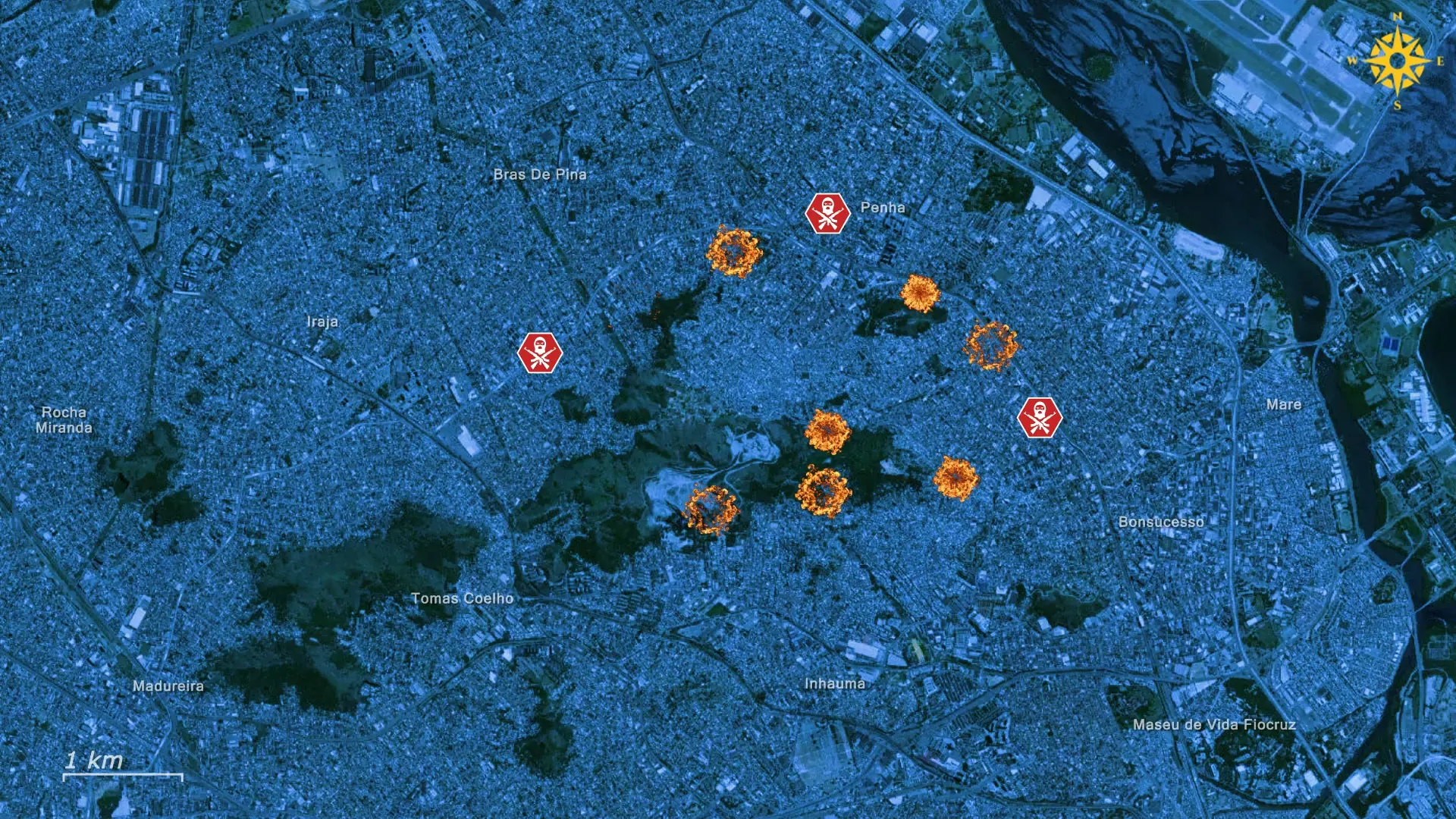
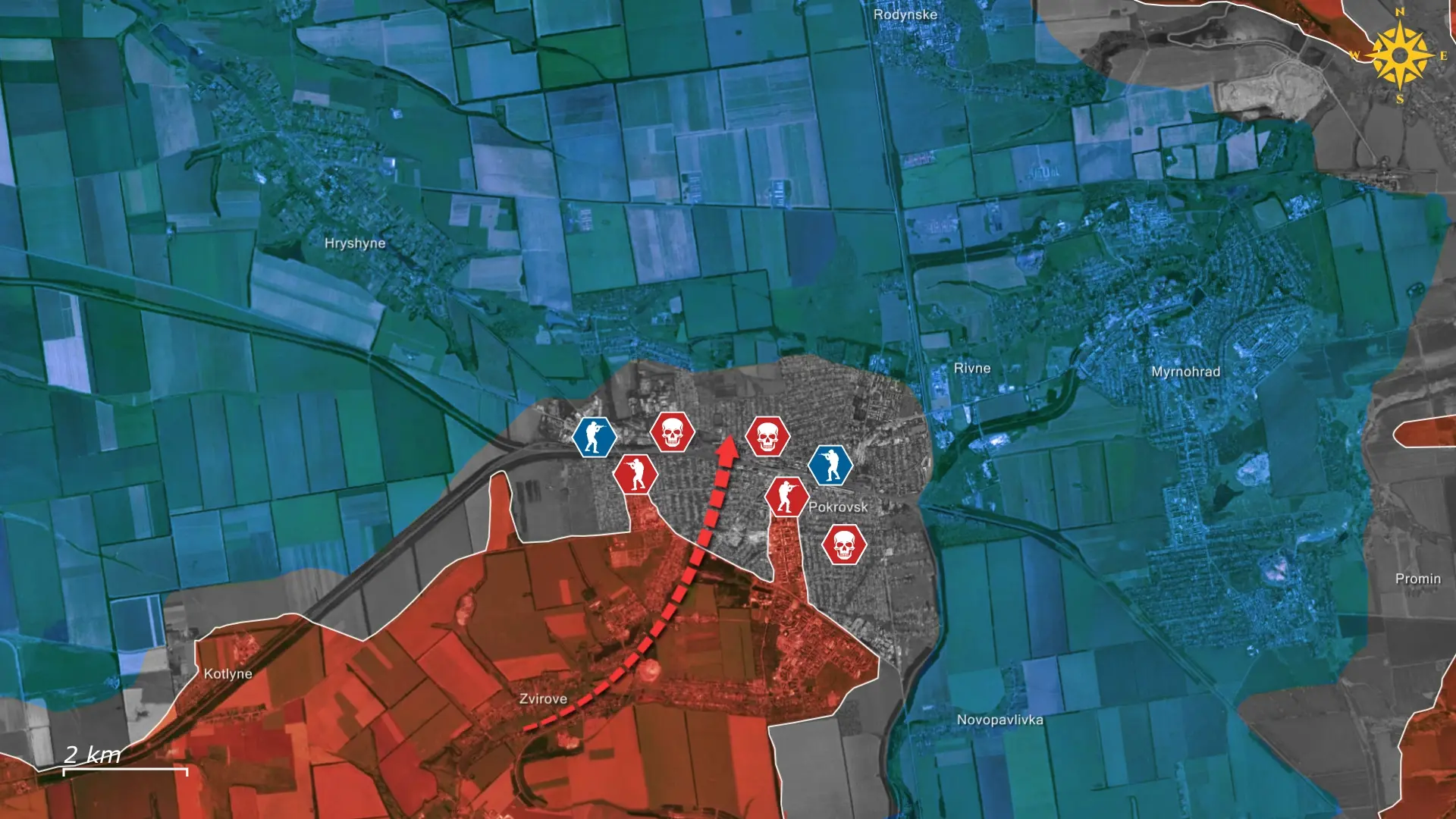
Comments